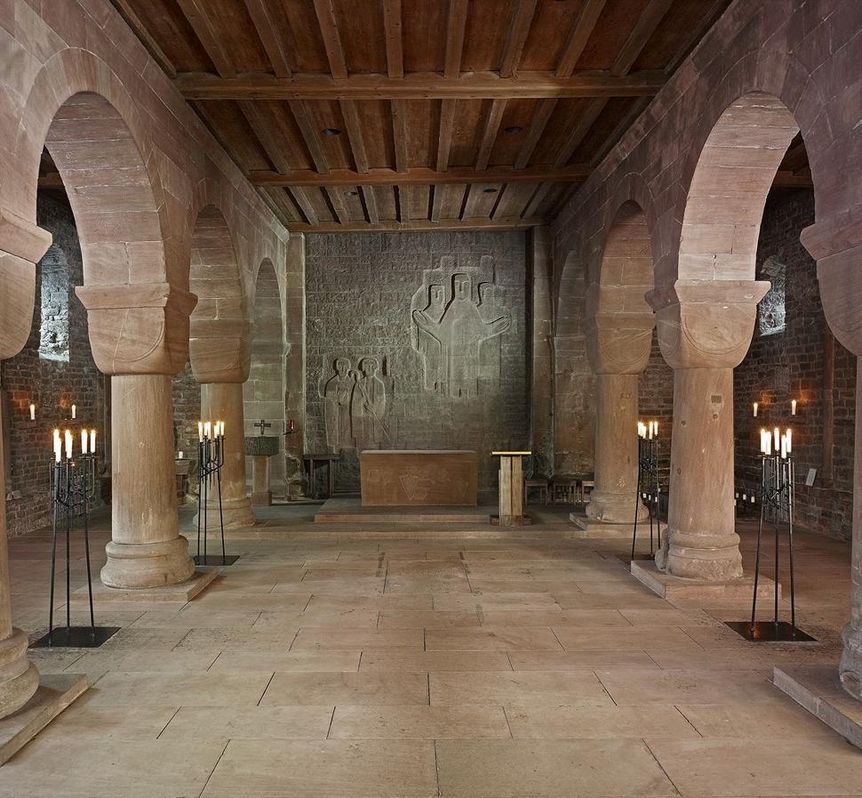A PRECIOUS PRESERVED MEMORYST. AURELIUS
Little is known about the 5th-century Armenian bishop. Today, his remains reside in two places in Württemberg and have been enshrined as relics for centuries. Believers ask the saint for assistance with diseases of the head.




